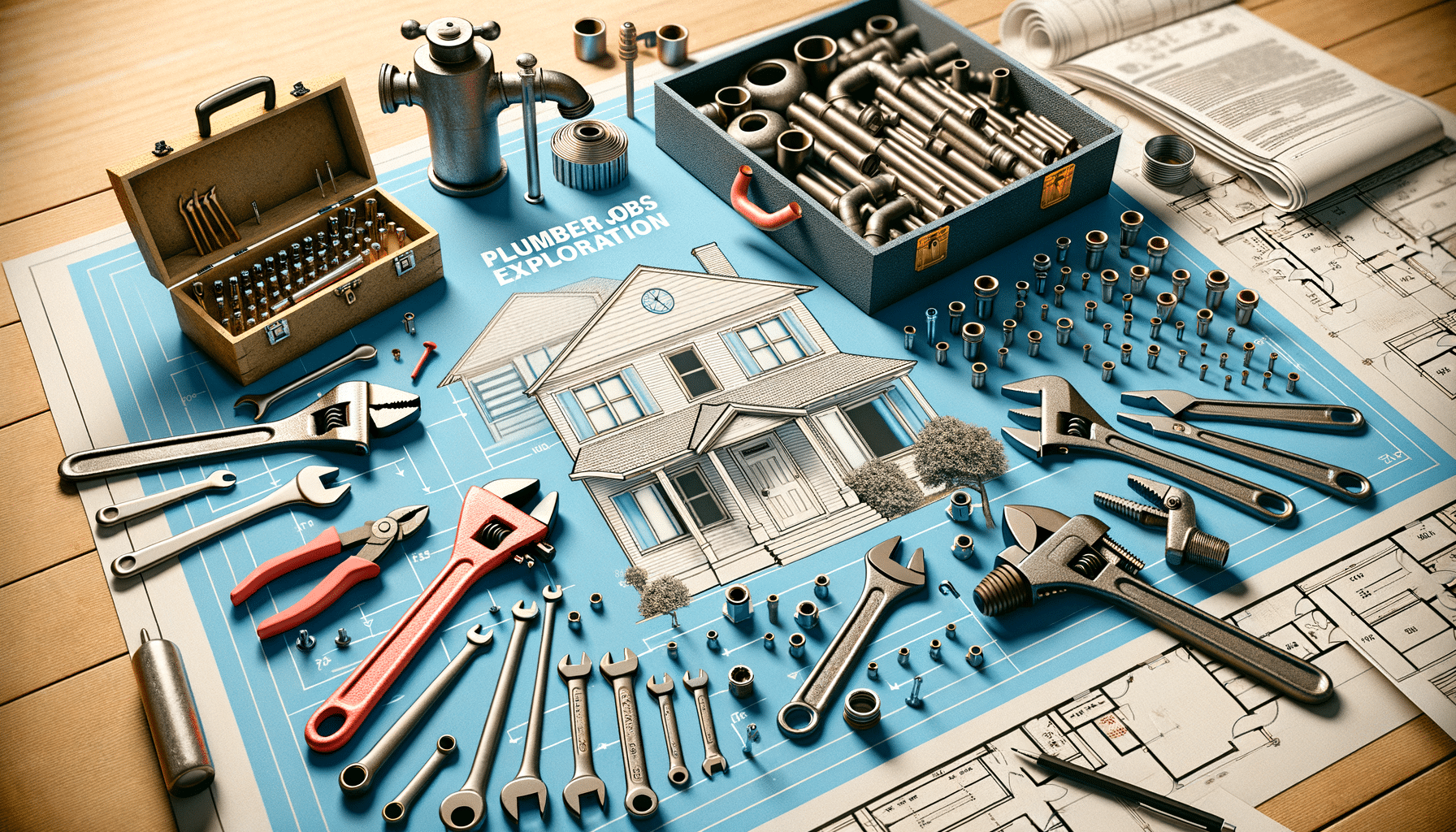
Overcoming Creative Blocks with Structured Focus
You sit down, tools ready, time carved out, coffee still warm. But nothing happens. The ideas that usually spill with ease are now silent. You shift in your seat, open another tab, check your phone — anything to avoid confronting the creative stillness. We’ve all been there.
Creative blocks can feel personal, frustrating, and even disheartening. But they’re not a sign of failure — they’re a natural part of the process. And more importantly, they’re navigable. What if instead of waiting for inspiration to strike, you structured space for it to arrive?
In this blog, we’ll explore how structured focus — a set of clear, intentional routines — can become your most powerful creative block fix. Whether you’re a designer, writer, musician, or multi-disciplinary creator, you’ll learn how to use deep creative work principles to rewire your focus, reignite your imagination, and reconnect with your creative flow.
Understanding the Anatomy of a Creative Block
What Causes Creative Blocks?
Creative blocks aren’t random. They usually stem from one (or more) of the following:
- Mental clutter – Too many tasks, thoughts, or distractions pulling your attention
- Perfectionism – The fear of getting it wrong before you even begin
- Exhaustion – Physical or emotional fatigue dulls ideation
- Lack of constraints – Paradoxically, too much freedom can be paralysing
- Overwhelm – Big projects that feel directionless or intimidating
In short, most creative blocks happen when your brain can’t find enough space — or structure — to think clearly.
Why Structure Helps Creativity, Not Hinders It
Structure is not the enemy of creativity. In fact, it’s often the spark that gets it going.
When you reduce the decision fatigue around when to create, how to start, or what to do next, you give your brain the gift of predictable focus. That’s where structured creativity steps in.
The Deep Creative Work Mindset
Redefining Focus as Creative Freedom
We often think of focus as rigid or serious — the opposite of imagination. But focus, when used intentionally, clears a path for creativity to walk through.
Imagine focus as a container. Inside it, your ideas can safely expand without competing stimuli. Outside it, you’re in reactive mode — ideas have no room to land.

Creativity is a Skill, Not a Mood
You don’t need to feel inspired to start. You need to start feeling inspired.
Structured deep work helps you:
- Show up consistently, even when motivation is low
- Train your brain to enter creative flow on command
- Build momentum, which generates new ideas faster
Creating a Structure That Supports Creative Flow
1. Block Dedicated Creative Time
Start with non-negotiable sessions — 90 minutes, three times a week, is a strong foundation.
- Morning slots work best for most (your brain is fresh, distractions are minimal)
- Set a timer and treat it like a studio session or rehearsal
- Avoid multitasking — one project, one goal
These blocks become your sacred spaces. Treat them as appointments with your future ideas.
2. Set Simple but Clear Creative Goals
Vague goals breed overwhelm. Clarity reduces resistance.
Instead of “work on the project,” try:
- Sketch 10 logo thumbnails
- Outline chapter 2’s arc
- Create 3 mood board options
Progress fuels motivation. Structure fuels progress.
3. Use Anchors to Enter Focus Faster
Creative routines work like muscle memory.
Try:
- A dedicated playlist (same one every time)
- A particular beverage or snack
- A short walk before sitting down
This cues your brain: it’s time to create.
Tools and Techniques to Unblock and Refocus
The 20-Minute Rule
Commit to creating for just 20 minutes. No pressure to produce anything amazing. Just sit with the work.
What usually happens? You keep going. The hardest part is starting.
Freewriting or Freesketching
Use a blank page and set a timer.
- Writers: Write stream-of-consciousness for 10 minutes. Don’t stop, don’t edit.
- Designers: Doodle or iterate without critique. Quantity over quality.
This disrupts inertia and bypasses your internal editor.
Visual Cue Mapping
If you’re feeling stuck conceptually, gather visual or thematic cues:
- Pinterest boards
- Colour palettes
- Reference art
- Keywords written large on paper
Build a “focus wall” that surrounds you with inspiration, not distraction.
Using Constraints as Creative Fuel
The Paradox of Choice
Endless possibilities can paralyse us. Constraints provide a framework.
Examples:
- Design something using only 3 colours
- Write using only one-syllable words
- Compose using a single chord progression
Constraints are permission slips — they reduce the field and amplify your ingenuity.
Time-Based Challenges
Give yourself a creative sprint:
- 1-hour poster design
- 15-minute free sketch
- 500 words in 30 minutes
You’re not aiming for perfect. You’re aiming for done. And from done comes refinement.
Managing Distractions During Deep Creative Work
Go Offline, Literally
If your medium allows it, disconnect from the internet completely. No tabs, no notifications, no temptation.
Or use tools like:
- Freedom – blocks apps and websites
- Forest – encourages phone-free sessions
- Cold Turkey – serious focus mode for writers and editors

Prepare Your Environment
- Turn off email and messaging apps
- Let others know you’re “off-grid” for a bit
- Use full-screen mode in creative software
Every small signal helps your mind stay anchored.
Staying Focused Across the Creative Lifecycle
During Ideation
- Stay playful, loose, and low-pressure
- Use mood boards, voice notes, or mind maps
- Walk while brainstorming — movement stimulates ideas
During Production
- Break work into chunks (scene, spread, section)
- Use batch workflows for similar tasks
- Celebrate small completions
During Revision
- Give yourself distance (24 hours or more)
- Review with a checklist or framework
- Accept imperfections — then refine with care
Focus shifts by phase. Structure adapts with it.
Conclusion: Structure Sets Creativity Free
Creative blocks aren’t the end. They’re a pause — a signal that something needs adjusting. And that adjustment isn’t always about doing more. Often, it’s about building better containers for your creativity to flow through.
With structured focus, you don’t wait for inspiration — you meet it halfway. You create intentional space. You set clear, compassionate boundaries. And you show up, even when it’s hard, knowing that creativity isn’t a spark. It’s a practice.
So if your ideas feel foggy, your output is slow, or your energy is scattered, know this: the answer isn’t out there. It’s in the quiet rhythm of showing up with structure — and trusting what follows.


